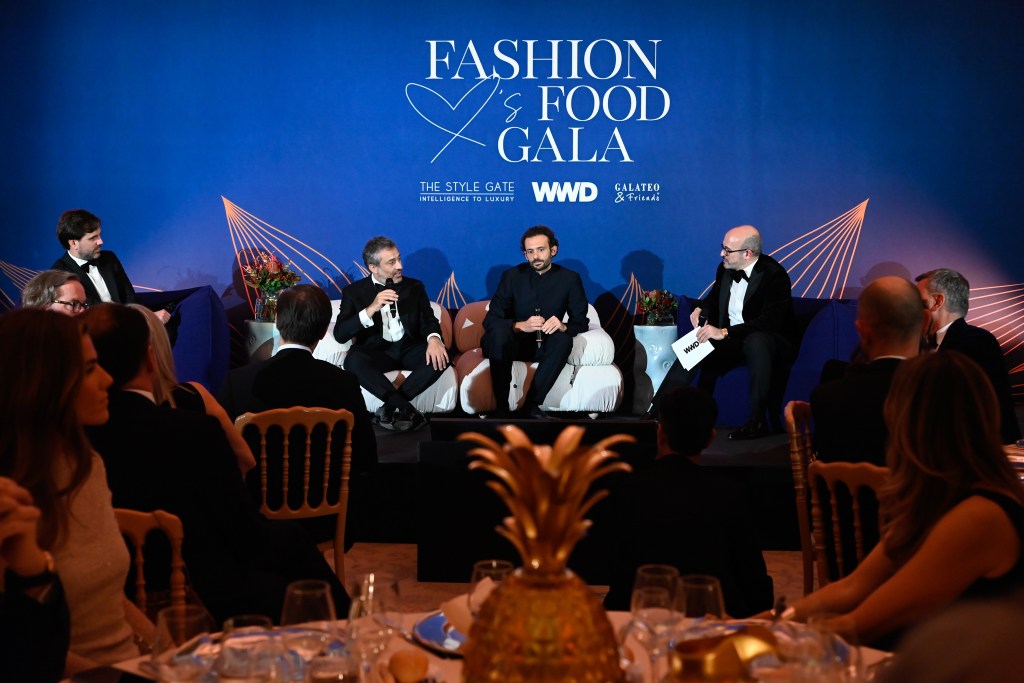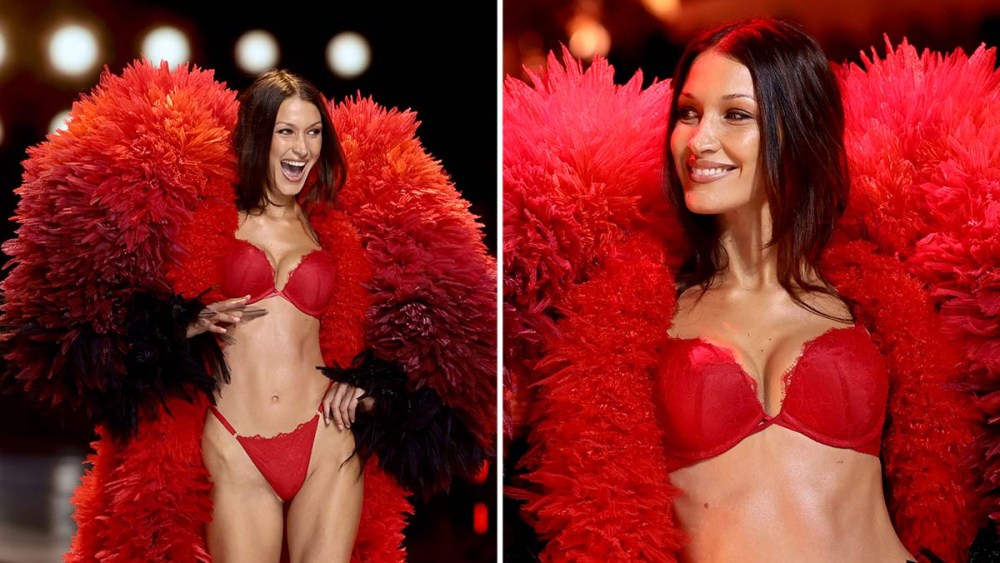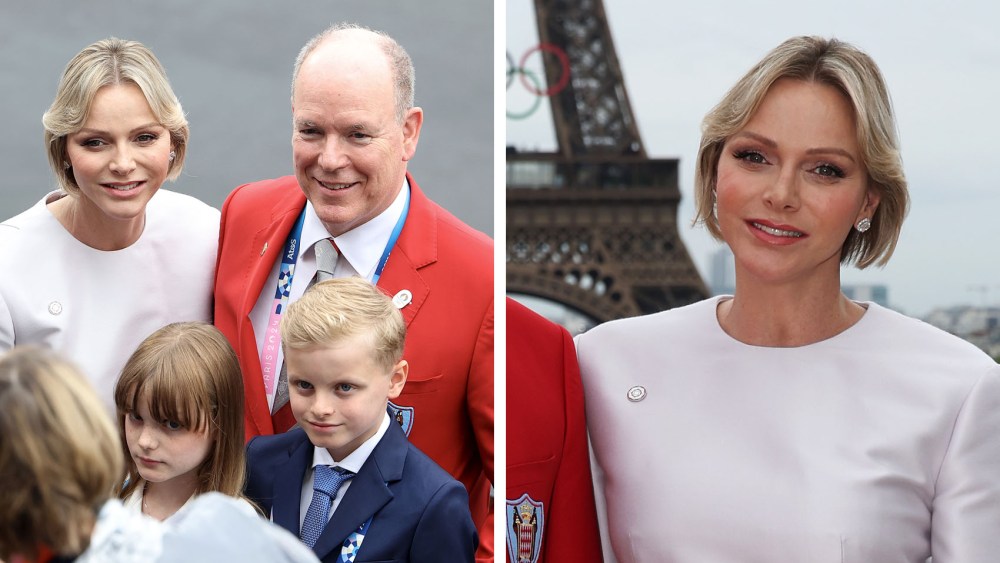MILAN — As more fashion companies head into the hospitality and catering worlds, they seem willing to apply many of the same branding strategies they’ve championed for their collections.
Although restaurants are a different business, it turns out there are many points of intersection, so much so that fashion entrepreneurs turned investors into the hospitality sphere are doing things right.
It certainly helped that consumers’ desire for experiences pushed fashion houses to stretch their muscles in this space, creating opportunities of cross-pollination and interaction between the two worlds.
“For me a new restaurant opening is like a collection’s debut,” said Enrico Buonocore, chief executive officer and founder of Langosteria, the tony seafood hot spot that first opened in Milan in 2007 and has since debuted many more outposts in key destinations in Europe. “Seasonality is important, but the [most] important thing is to create dishes that are creations and that can generate a happy moment of pleasure. That is aligned with what fashion houses do, trying always to engage with their customers.”
Speaking at the first Fashion Loves Food gala hosted by WWD with The Style Gate and Galateo and Friends in Milan, Buonocore was joined onstage by his business partner Pietro Ruffini. The son of Moncler chairman and CEO Remo Ruffini, Pietro is managing director and founder of Archive, the independent investment company which in 2018 took a 40 percent stake in Gruppo Langosteria. The panel was moderated by The Style Gate founder and CEO Alessandro Maria Ferreri.
“Five years ago, we decided to embrace this diversification journey, [venturing] into territories that were [still] familiar to us, in sectors that could express the same [values] that Moncler and our father taught us,” Ruffini said about the rationale behind Archive’s investments. “Observing how consumers were changing and the era of ownership was giving way to an experiential era… We had the idea to create big brands also in the restaurant space and… looked for the best player to team up with… with the goal of creating a big brand, not a single big restaurant. We were more interested in globalization and the creation of a brand so we met with Enrico and shared our ambition to help and support him along the growth trajectory, with little compromise.”
Langosteria currently counts four units in Milan: Bistrot, Café, Ristorante and Cucina; a unit in Paraggi, Liguria, located on the beach near luxury resort town Portofino at the renowned Bagni Fiore Beach Club; one in Paris designed by architect Peter Marino, which opened in 2021 on the seventh floor of the Hotel Cheval Blanc with a view of the skyline of the French capital, as well as its first high altitude location in Saint Moritz at a typical chalet, Chesa Chantarella, with a spacious terrace offering a stunning view of the Alps.
Each venue has a slightly different flair, reflecting and honoring the location. “I always get mad when people refer [to Langosteria] as ‘my format.’ It’s not a format, it’s a dream repeating every time we open a new spot,” Buonocore said, explaining that a unit in London is up next.

Praised for its food quality, eclectic decor, service, and overall premium experience, Langosteria is a relatively recent breakthrough star in the Italian catering space, unlike Marchesi 1824, the pastry shop acquired by the Prada Group in 2014.
General manager Andrea Menicatti said the takeover of the 199-year-old pasticceria resulted in a win-win.
“We have shared values, a search for excellence and [the ambition] to rewrite the rules of the game, whatever that game might be. We have capabilities and professionals within the group which we leverage for many choices in a range of activities and products,” he said.
“But [Marchesi] is also an asset for the group as we provide it with capabilities and professionals in order for it to develop food and beverage projects, which are increasing. We do have the expertise to ensure the [level of] quality that the group requires and the experience that it wants the consumer to live,” he said.
Since the takeover, Marchesi 1824 has added two cafés — one on Via Monte Napoleone and one in Galleria Vittorio Emanuele II — to the original location on Milan’s via Santa Maria alla Porta, off Corso Magenta. A fourth location opened on London’s Mount Street in 2019, the pasticceria’s first international unit where the signature eau de nil paint and Prada staff uniforms were replicated. Earlier this year Marchesi 1824 added a new property in Forte dei Marmi, a unique case in the group’s hospitality projects as it blends the identity of the original Caffè Principe with the Marchesi 1824 and Prada ones.

“Marchesi would surprise you for the number of times it is named at the top of the list of the most loved and emotional luxury brands by consumers who do buy into other luxury goods and experience other luxury hospitality operators. An emotional brand is a power brand,” Menicatti offered.
The executive believes the pastry shop, no matter what location one chooses, helps customers to break free from routine. “I describe it as a dreamy concept,” he said. “Although it’s a storied brand it’s also modern, which is a fundamental aspect in innovating heritage as part of the group’s mandate,” he said.



